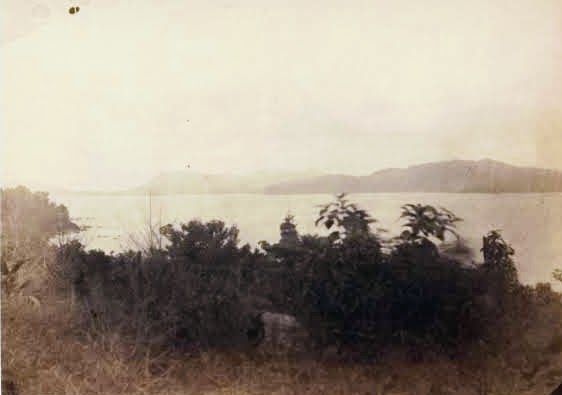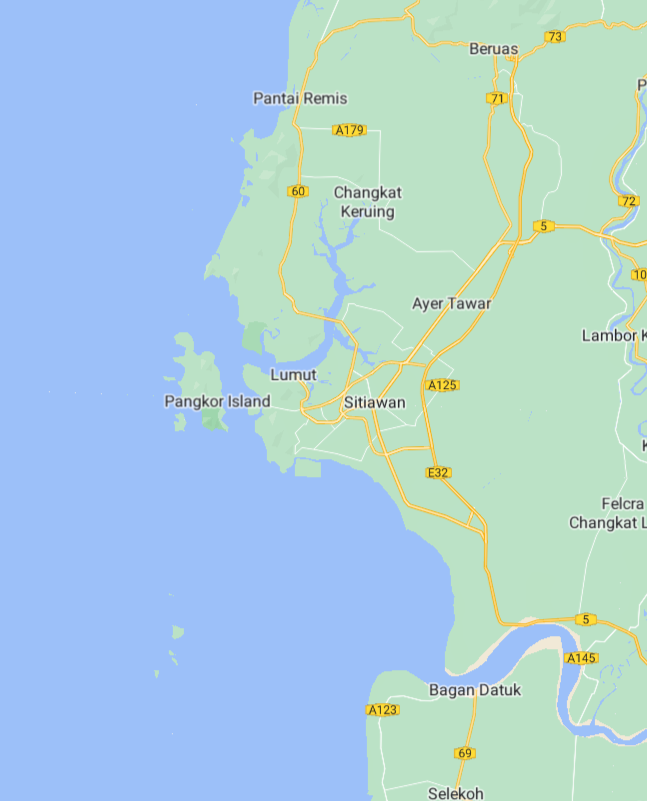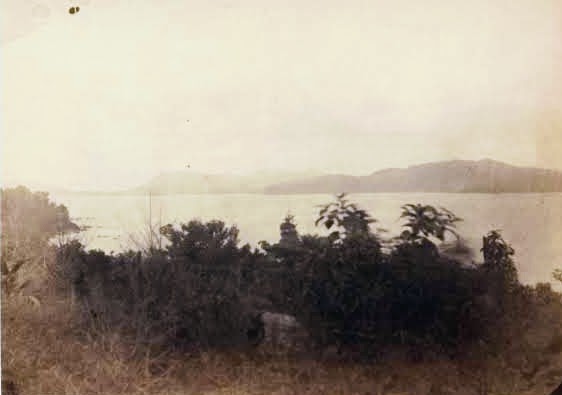The Dindings on the west coast of Malaysia, now called Manjung District, was one of the four territories controlled by the British which made up the Straits Settlements. The other territories were Penang, Malacca and Singapore.
The Straits Settlements, named after the Strait of Malacca where the settlements were situated, was established in 1826 and controlled by the Honourable East India Company. In 1858 it came under control of the British government in India before being transferred to direct British control as a Crown Colony in 1867.
The other three members of the Straits Settlements, Penang, Malacca and Singapore, were giants compared with the little Dindings. Named after the Dindings River it consisted of the Pangkor Islands and the two towns of Lamut and Sitiawan on the mainland. The islands are 18 square kilometres in area and the current population is around 25,000.
For centuries the area had been used as a refuge for traders and pirates due to its safe, natural harbour, and was used by the Dutch who built a fort on the island in 1670 to protect its stores of tin obtained from Perak.
On 18th October, 1826, the Sultan of Perak signed a treaty with the Straits Government whereby the Sultan ceded the islands and an adjoining area to it but the Government never took possession of the territory. The reason that the Sultan gave them up was because they had become a haven for pirates operating along the coast and he was unable to remove them.
During the 1860s according to H.E.Cartwright in Twentieth Century Impressions of British Malaya (1908), a Colonel Man, Resident Councillor of Penang, was instructed to visit the islands in a government steamer but could not identify the extent of the territory ceded under the Treaty. Nevertheless, he recommended that the Government occupy the islands to cement their claim, and was instructed by Sir Harry Ord, Governor of the Straits Settlements, to seek a meeting with the Sultan, but no discussions took place.
How the tiny territory of the Dindings came to be formally recognised alongside the other three heavyweight members of the Straits Settlements is due to the diplomacy of the British government culminating in the Pangkor Treaty of 1874 signed with the Sultan of Perak, Raja Muda Abdulla, and discussed in a previous post.
So far as the Treaty related to the Dindings is concerned, Raja Muda Abdulla, agreed to recognise sovereignty of the British government over the Dindings settling at the same time the extent of the territory ceded to the British which had never been formally delineated.
As a consequence of the signing of the Pangkor Treaty in 1874, the Dindings was formally recognised as a Crown colony, part of the Straits Settlements, headed by the Governor, answerable to the Colonial Office in London. The British had high hopes that the Dindings would become a thriving port town; another Port Swettenham (now Port Klang), or even a mini Singapore on the west coast of the Malay peninsula.
However the Dindings never took off, remaining a backwater economically and politically, according to Hugh Charles Clifford, Governor of the Straits Settlements, describing the hope that the superb natural anchorage would lead to the development of the territory as overly optimistic. The area remained sparsely populated and transport links into the mainland undeveloped, and in 1935 the British returned the territory to the Government of Perak.
Today, fast tracking to the present, the area is now firmly on the map being the fastest growing district in the State of Perak. Pangkor Island has become one of the most popular holiday resort islands in Malaysia with its beautiful beaches, and businesses and industry in the area is now thriving.



